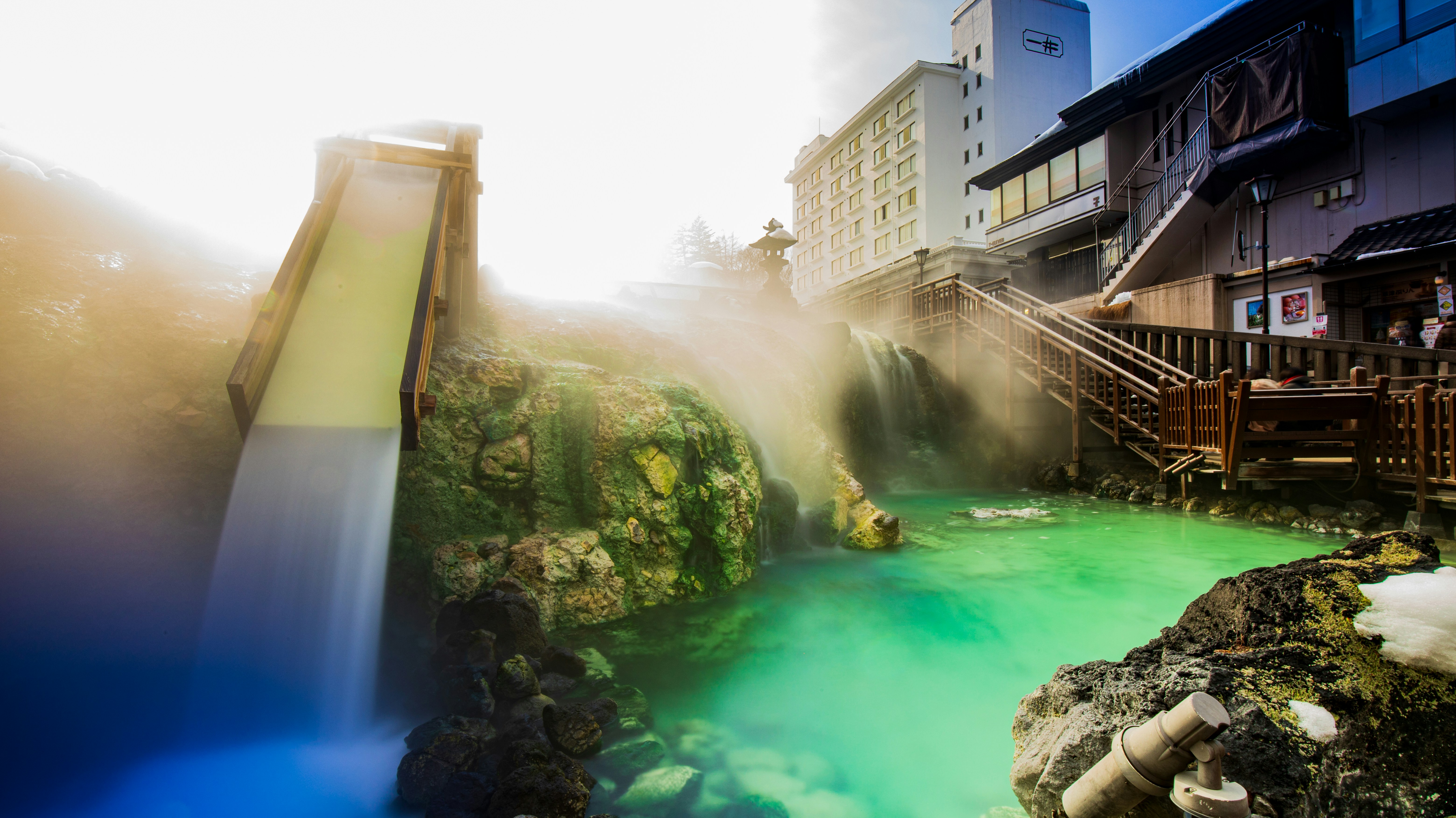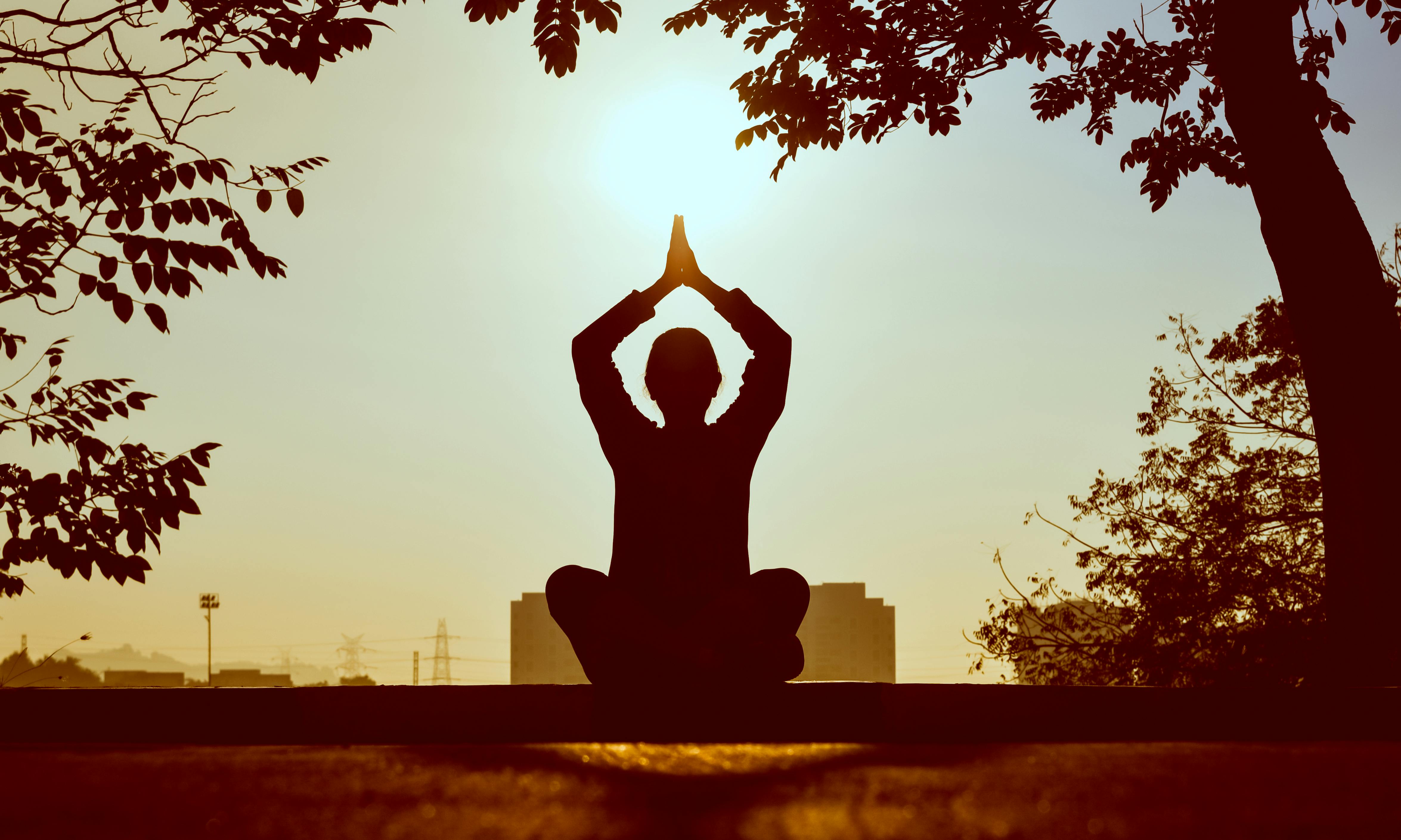Corporate Sports and Wellness Retreats in Japan
Author
Chan
Date Published

Japan’s natural landscapes and wellness culture make it one of the most inspiring destinations for corporate retreats. From golf courses framed by Mount Fuji to oceanfront yoga resorts in Okinawa and cycling trails in Hokkaido, the country’s geography provides a perfect balance of relaxation, movement, and mental reset. More companies are turning to these nature based programs to strengthen team connection and improve well being after high intensity projects or annual meetings.
Organizing such retreats in Japan requires sensitivity to local customs, weather cycles, and operational standards. Venue types, activity combinations, and seasonal timing must align with regional accessibility and budget planning. This guide explains how to select the right wellness venue, combine sports and relaxation activities, design around Japan’s four seasons, and budget across cost tiers without compromising comfort or compliance.

Venue Types and Regional Options
Corporate wellness retreats in Japan span a wide range of locations, from resort towns and golf clubs to mountain lodges and hot spring ryokans. The best choice depends on the program’s balance between activity and rest.
Golf Resorts: Found in regions such as Chiba, Nagano, and Okinawa, these offer full service facilities, banquet halls, and professional courses suitable for small tournaments or casual rounds.
Wellness Ryokans and Spas: These traditional inns often include tatami meeting spaces, private onsen baths, and meditation gardens ideal for relaxation programs.
Cycling and Nature Lodges: Areas like Hokkaido and Shimanami Kaido offer cycling infrastructure and rental networks designed for group tours.
Beach and Island Resorts: Okinawa, Izu Peninsula, and Setouchi islands combine outdoor fitness with cultural immersion and marine activities.
Mini Checklist
• Confirm corporate booking eligibility at each venue type
• Check proximity to major airports and transfer logistics
• Verify whether private use or buyout is required for exclusive programs
• Confirm onsite safety officers and first aid readiness
Clause Example:
The Organizer shall confirm venue suitability for corporate wellness use, ensuring availability of safety infrastructure, licensed instructors, and bilingual coordination staff.
Always review local tax and resort fee policies when negotiating package pricing.
Activity Mix and Program Balance
Effective retreats combine structured fitness with relaxation and cultural connection. Japanese staff are punctual and disciplined, so activities must follow clear scheduling. Mixing high energy sessions with calm reflection maintains balance and inclusivity.
Common activity combinations include morning yoga followed by golf rounds, or light cycling tours combined with wellness workshops. Many companies also integrate Japanese elements such as tea ceremony mindfulness sessions, forest bathing in Shizuoka, or guided temple walks in Nara to strengthen cultural experience.
Mini Checklist
• Begin mornings with light or meditative activities
• Schedule high intensity sports before lunch
• Integrate one local cultural or CSR element each day
• Provide bilingual coaches or instructors for all physical sessions
Clause Example:
All activity schedules shall balance physical exertion with rest intervals and include certified bilingual facilitators for instruction and safety supervision.
Brief all instructors in advance on company culture, participant demographics, and preferred tone of engagement.

Seasonal Planning and Weather Considerations
Japan’s seasons directly shape wellness planning. Spring and autumn are the most comfortable, while summer requires early morning scheduling due to humidity. Winter programs work best in onsen or ski resort settings where outdoor exposure can be managed. Here is a overview of seasonal planning and weather considerations for retreats.
Season | Recommended Locations | Ideal Activities | Notes |
|---|---|---|---|
Spring (March to May) | Kyoto, Nara, Chiba | Golf, walking, yoga | Cherry blossom backdrop and mild climate |
Summer (June to August) | Hokkaido, Karuizawa, Okinawa | Cycling, diving, sunrise yoga | Avoid midday heat and monitor typhoons |
Autumn (September to November) | Nagano, Shizuoka, Kobe | Golf, hiking, meditation | Peak color season and ideal air temperature |
Winter (December to February) | Hakone, Niseko, Tohoku | Onsen, indoor fitness, skiing | Focus on warmth and restorative care |
Mini Checklist
• Review annual temperature and rainfall data for each destination
• Avoid local public holidays to prevent venue overbooking
• Incorporate weather backup plans such as indoor workshops
• Check local event calendars for conflicting festivals or closures
Clause Example:
The Organizer shall develop weather contingency plans and schedule adjustments in line with regional forecasts to ensure uninterrupted wellness programming.
Building flexibility into the agenda allows smooth adaptation if outdoor sessions must move indoors.

Cost Tiers and Budget Structuring
Budgeting for wellness retreats in Japan varies based on location, duration, and included services such as instruction, transport, and meals. While many corporate groups start with per person packages, understanding the cost structure by category helps create realistic proposals and compare destination value. Urban and island resorts tend to command higher prices due to accessibility and resort tax, while regional retreats deliver savings through inclusive packages and local vendor collaboration.
Below is a detailed sample budget table for a two night, three day corporate wellness retreat per participant. Figures represent typical averages and are indicative for planning purposes.
Cost Category | Premium Tier (Tokyo, Okinawa) | Mid Range Tier (Nagano, Shizuoka) | Economy Tier (Hokkaido, Regional Universities) | Notes |
|---|---|---|---|---|
Accommodation (2 nights) | 60,000 to 80,000 JPY | 35,000 to 50,000 JPY | 20,000 to 30,000 JPY | Based on twin share or single occupancy at corporate rate |
Meals (6 total) | 25,000 to 35,000 JPY | 18,000 to 25,000 JPY | 12,000 to 18,000 JPY | Includes local produce, wellness menu options, and non alcoholic beverages |
Wellness and Sports Instruction | 25,000 to 35,000 JPY | 18,000 to 25,000 JPY | 10,000 to 15,000 JPY | Certified bilingual instructors for yoga, golf, or cycling |
Venue Rental or Facilities | 20,000 to 25,000 JPY | 10,000 to 18,000 JPY | 8,000 to 12,000 JPY | Includes studio, golf course, or cycling logistics |
Transport (local transfers) | 15,000 to 25,000 JPY | 10,000 to 15,000 JPY | 8,000 to 10,000 JPY | Covers group bus, luggage, and shuttle coordination |
Wellness Equipment and Materials | 8,000 to 12,000 JPY | 5,000 to 8,000 JPY | 3,000 to 5,000 JPY | Yoga mats, towels, hydration packs, printed materials |
Insurance and Medical Readiness | 3,000 to 5,000 JPY | 2,000 to 4,000 JPY | 1,500 to 3,000 JPY | Includes liability, accident, and first aid coverage |
Cultural or CSR Activity | 10,000 to 15,000 JPY | 7,000 to 10,000 JPY | 5,000 to 8,000 JPY | Tea ceremony, forest bathing, or local volunteer session |
Administrative and Coordination Fees | 10,000 to 15,000 JPY | 8,000 to 12,000 JPY | 6,000 to 8,000 JPY | Covers bilingual coordination, logistics management, and tax |
Total Estimated Cost per Participant | 180,000 to 250,000 JPY | 120,000 to 170,000 JPY | 80,000 to 100,000 JPY | All inclusive, two nights and three days |
Mini Checklist
• Request full quotes including service tax and resort surcharges
• Clarify refund and rescheduling terms for weather disruptions
• Build a 10 percent contingency for logistics or extended stay
• Use yen based contracts to avoid foreign exchange fluctuations
Clause Example:
All retreat budgets shall include accommodation, instruction, and safety provisions, with transparent line itemization to ensure cost accountability and compliance with Japanese corporate event standards.
Always confirm whether the venue charges additional service fees, typically 10 to 13 percent, and verify if tax is included in package rates before final approval.
FAQs
1. Which regions are best for corporate golf or wellness retreats?
Chiba, Nagano, and Okinawa are popular for golf and beach programs, while Hokkaido and Shizuoka are ideal for cycling and nature based retreats.
2. How far in advance should retreats be booked?
At least three to six months ahead, especially during spring and autumn peak seasons.
3. Are onsen facilities suitable for mixed gender groups?
Many high end ryokans provide private or time allocated baths for corporate groups to maintain comfort and privacy.
4. Can wellness activities be customized for different fitness levels?
Yes, most Japanese instructors offer graded participation levels and bilingual briefings for safety.
5. Are medical services available in remote resort areas?
Yes, but emergency care may require transfer to regional hospitals. Always confirm ambulance access and medical insurance before the event.
Conclusion
Corporate sports and wellness retreats in Japan combine nature, culture, and balance. By choosing the right venue, curating an activity mix suited to all fitness levels, planning around seasonal patterns, and structuring clear budgets, organizers can create restorative experiences that align with both wellness goals and corporate professionalism.
When executed with cultural respect and operational detail, these retreats leave participants renewed and connected. To access editable retreat itineraries, bilingual wellness checklists, and cost planning templates, connect with us for a complete corporate retreat toolkit.